November 2008
 View Full Print Edition
View Full Print EditionBusiness Briefs
Columns

New Coal
By Art Wiselogel

Politics and Biomass
By Rona Johnson

Safety Should Truly Come First
By Jessica Sobolik
Sustainability is Key for Biodiesel Industry
By Kelly King
Featured
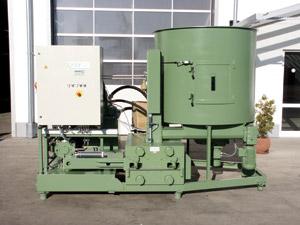
Betting on Biobricks
By Suzanne H. Schmidt
Tom Engel traveled halfway across the world in search of a way to make clean, dependable, renewable energy and brought back BioBricks. With these compact, environmentally friendly, biomass-based briquettes he aims to ease the pain that people experience when paying their heating bills.

Plastics From the Prairie
By Jerry W. Kram
Whether red, green or blue, tractors are as indispensable to a farmer as seed or land. Someday, parts of those tractors may be made from last year's harvest as researchers from North Dakota State University seek ways to make reinforced composite plastics from the oils, proteins and fibers grown in American fields.
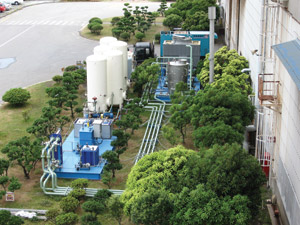
Proving Out Plasma Gasification
By Bryan Sims
Researchers believe that the economics are right for using plasma gasification technology to convert municipal solid waste into energy. It's just a matter of getting that first commercial plant built in the United States for it to catch on.

Acid Trip
By Ron Kotrba
Biorefineries built on the biochemical conversion platform can take advantage of their fermentative capacity to produce various organic acids, which can then be reacted with ethanol to make a number of different higher-valued ester compounds.

Switchgrass: A Bioplastic Factory
By Jessica Ebert
In the past, cheap oil spurred the development of petroleum-based consumer products such as plastics. Today high oil prices are driving research and development away from fossil fuel-based processes to those using renewable feedstocks. The markets for these new bioproducts are growing and companies such as Massachusetts-based Metabolix Inc. are cashing in by engineering bioenergy crops that also serve as factories for bioplastics.

Oilseed Comes of Age
By Susanne Retka Schill
Camelina has yet to make the scene as a biodiesel feedstock, thanks partly to high commodity prices that dampened farmers' interest in trying the new crop. Enough has been raised to test its biodiesel performance and promoters still praise its potential.
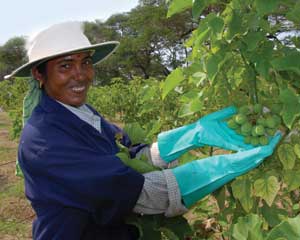
The Truth Behind the Claims
By Erin Krueger
Is jatropha a wonder crop that can transform the biodiesel industry and provide a quick and easy income for farmers? Although many of these claims are true, numerous challenges must be overcome before large-scale production of the biodiesel feedstock can begin. Jatropha holds a great deal of potential, but only if it's properly developed, which may take years.

Algae Interests Align
By Jerry W. Kram
After decades of study and millions of dollars in investments, using algae as a feedstock for alternative fuels seems tantalizingly close. However, several hurdles remain, prompting the cooperation of those interested in the economical development of algae oil as a biodiesel feedstock.
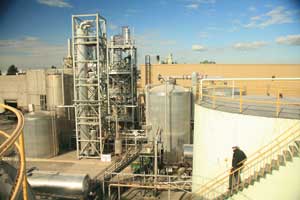
The Skinny on Fats
By Ron Kotrba
The North American rendering industry takes anything that isn't used for food from the animal carcass-all 60 billion pounds-and recycles it into everything from animal feed to biodiesel feedstock. Here's an overview of North American rendering and biodiesel from animal fats.
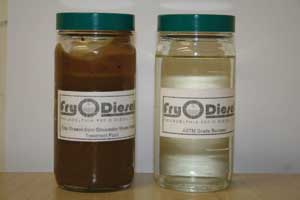
A Greasy Alternative
By Kris Bevill
One of the most popular feedstocks being used by biodiesel producers today is yellow grease. Biodiesel Magazine examines the logistics of using waste cooking oil.
Continued Strength in Oil Prices
By Ryan C. Christiansen
Around the world, the forecast for biodiesel feedstock prices is more of the same as consumption threatens to outpace production.

Sustainability is Key for Biodiesel Industry
By Kelly King








